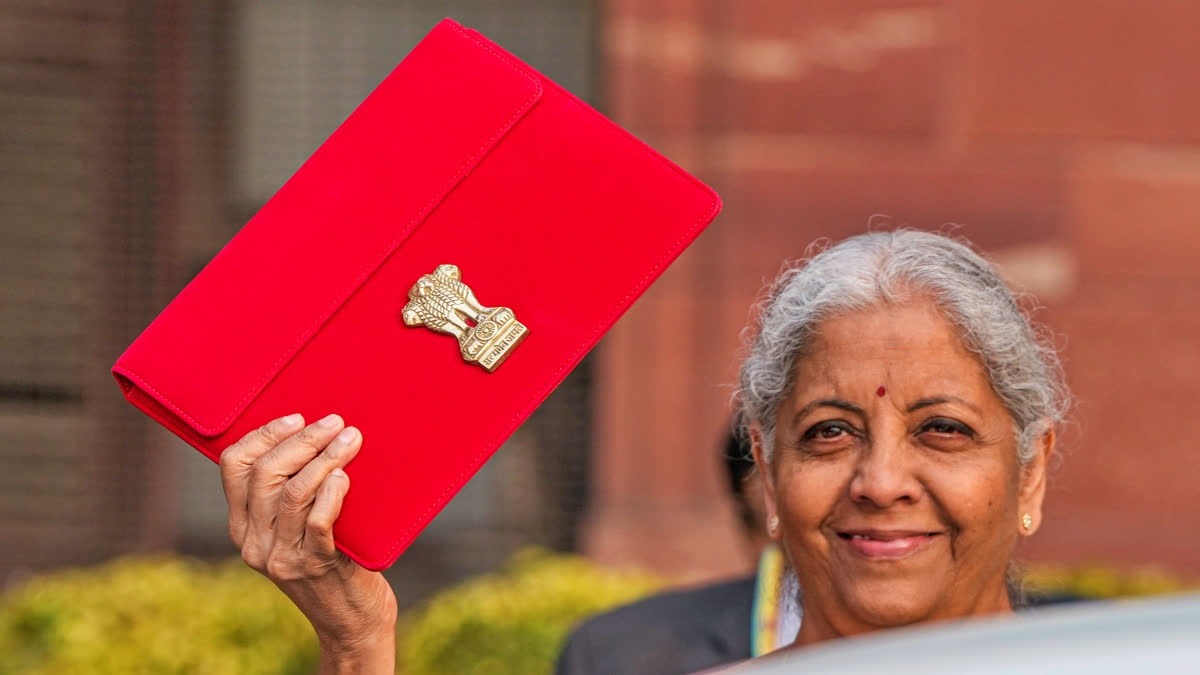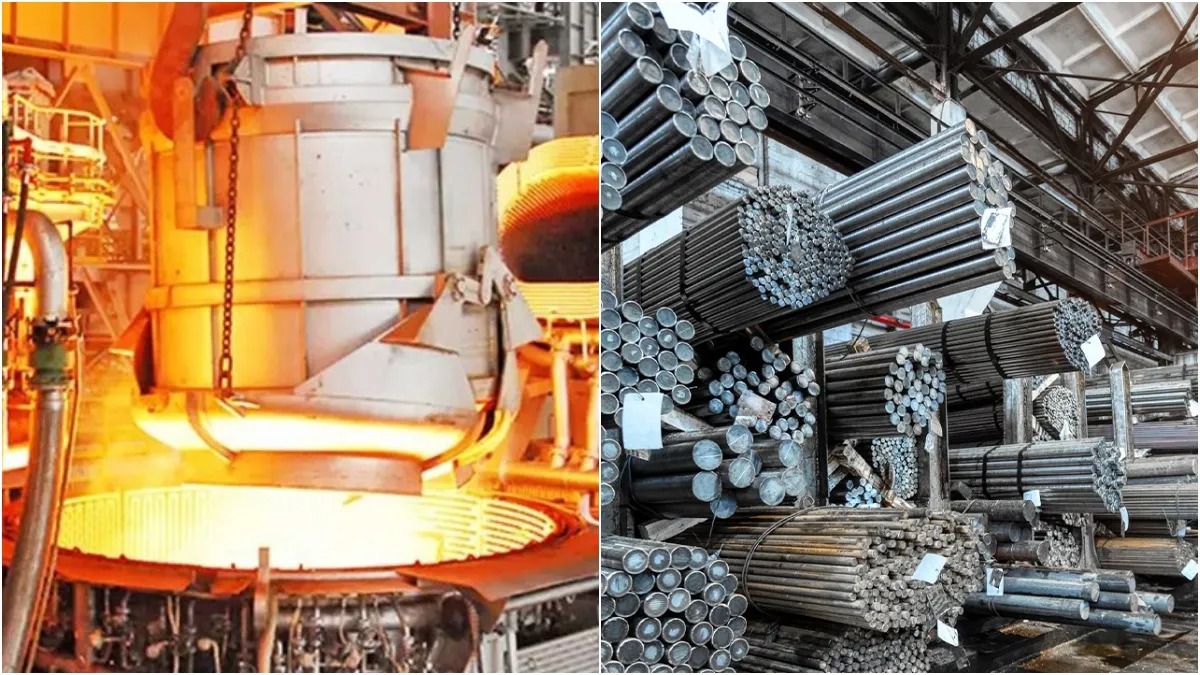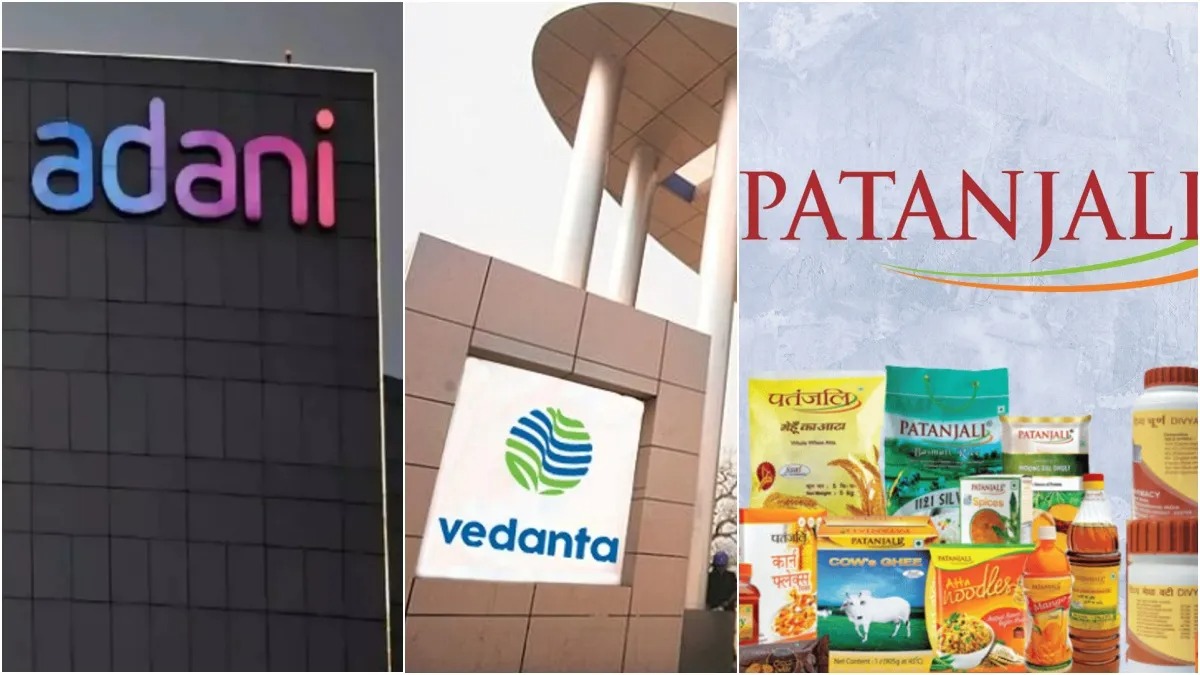
The Union Budget of 2025-26 is now scheduled to be a watershed budget which is going to be the eighth budget for Finance Minister Nirmala Sitharaman. Presenting the budget exercise when economic growth has slowed down, consumption rate is low, and the rupee is depreciating, calls for decisive measures towards growth of the nation. The focus, nevertheless, will be on whether Sitharaman may bring changes in the tinier details where minor changes in the income tax slabs can transform the tax structure; this has been a much-discussed area with some reports indicating massive changes in an effort to reduce tax burden on the middle class and boost demand.
1. The High Stakes of Union Budget 2025-26: Addressing the Nation’s Economic Challenges
Union Budget 2025-26 is scheduled at 11 AM today when Indian economy has several challenges before it. On the seventh day of the budget session, the calculations for the next fiscal year seem to be a poor 6.3-6.8% for the economy as per Economic Survey for 2024-25. This is a plus from the pre-pandemic trend values and with such factors as a slowing world economy and increasing geopolitical tensions, it becomes challenging for the Indian economy.
Some of the main issues of concern to the government consist of; this coupled with declining private investment and devaluation of the Indian Rupee to the US dollar. In this regard, much attention is being paid to the measures, that the government is to take in order to restore confidence among investors, consumers and businesses on the eve of the new fiscal year. Currently, the Union Budget is likely to remain the most significant weapon for the government to front these macroeconomic challenges.
2. Prospective on Income Tax Slabs: The Silver Bullet for the Middle Class
Of all those factors likely to be unveiled in the Union Budget 2025-26, the one that has generated a lot of hype is the new income tax slabs. There are high chances that the government may make new changes to offer alleles to middle-class people who have an increased cost of living, but stagnant income. Some sources are pointing to the fact that the Finance Minister himself might state that the income level of ₹10 lakh per year could be free from taxes.
It is such a move that would help the earners in the middle income bracket; this means that the tendency towards higher disposable income would be expected to catalyze greater expenditure. There has been an increased urgency to effect such a change following the durkacz conditions that have hit the economy. Instead of curtailing their taxes they should at least lighten the burden of taxes on middle-income earners as this will increase demand in a slow moving market vital for growth.
Also, redesigning tax system seems to promote tax compliance as well as increase the government’s tax collection. Such changes, if implemented, will affect the general populace in the country and particularly benefit those with families and businesses and would help give a push to consumer confidence.
3. Economic Survey 2024-25: A Mixed Bag of Optimism and Caution
That’s exactly what the latest Economic Survey for the fiscal 2024-25 presented to the Parliament by Chief Economic Advisor V Anantha Nageswaran paints like. As it admitted, the key area, such as external accounts and private consumption, remain sound but it also downside risks are listed. As per the Survey, the GDP growth rate is projected to be 6.3 -6.8 % for FY26 that will be the slowest pace since the outbreak of COVID-19 pandemic.
But it reveals that the growth rate is quite largely supported by India’s domestic economy in terms of the Survey. This is because the position indicates that sound fiscal consolidation and private sector support will nurture the economy stability worth mentioning. It is anticipated that, forthcoming years India will continue to be one of the quickest growing large economies of the world though there are some challenges on the growth path.
In this regard, the Finance Minister Nirmala Sitharam Natured budget will have to tackle these issues and build the capability for sustainable growth. This could entail interventions in matters concerning agriculture, manufacturing and services that are critical in spurring demand and job creation.
4. The Political Context: Sitharaman’s 8th Consecutive Budget and Its Political Significance
For the first time in the independence of India, Nirmala Sitharaman has presented 8th consecutive Union Budget 2025-26 in the Prime Ministership of Narendra Modi. Such an accomplishment speaks well for her and her tenure as one of the architects of India’s economic policy particularly in the last few years. Since becoming the first woman Finance Minister of India in 2019 the lady has been through many an economic challenge like the recent one arising from pandemic as well as disruptions in the supply links.
Unlike other similar exercises, budget presentation this year is of great political importance. As the state elections are approaching and the last general elections have already taken place in 2024, it is expected that this budget will contain the government’s direction towards the revival of the economy or to increase the confidence of the electorate in the elections. The income tax relief in particular should find a nice reception in the middle class voters given the continuity of inflation that is making the living standards to rise.
However, in terms of political implication of this has been to shape the future debate on welfare and economic security that the government wants to present before the electorates before the elections. It is also expected to give a green light to policies regarding the generation of more employment, enhancing infrastructure as well as attracting more foreign investors.
5. The Journey from Briefcases to Bahi-Khatas and Paperless Budget Presentations
India’s Finance Minister Nirmala Sitharaman has introduced a number of novelties in addressing the issue at the Union’s level of governance and presenting the Union Budget. In 2019, she gained fame after coming to power by replacing the leather briefcase with a ‘bahi-khata’, a red cloth wrapped document containing records. It was also cultural as a message to the rest of India of the government’s attempts to close the dichotomy between the urban and the traditional.
Since then, the Union Budget has been prepared and presented in the paperless format, which is a major change in fiscal policy. This action good correlates with India’s initiative to embrace the digital platform in presenting the budget and being friendly to the natural environment. This trend also fuelling in the 2024 interim budget and will also been seen in this year’s budget to shown the positive sign for the growth of government digital India economy.
The transition from the briefcase to the presentation has been more than an allegory. It encapsulates the change in the government and the measures of fiscal accountability within a society which is getting more connected through the use of internet to access information at the blink of an eye.
6. Allows taking a look at the major players regarding the preparation of Budget 2025-26 of the country.
In its preparation, certain stakeholders in the government was able to make some contribution towards the formulation of the Union Budget 2025-26. At the helm are the current and very impressive Finance Minister Smt. Nirmala Sitharaman; however, aid and support of other economic advisers and government officials cannot be undermined. Mr. Tuhin Pandey, Secretary of Revenue, Mr. Ajay Seth, Secretary of Economic affairs, Mr. Manoj Govil, Secretary of Expenditure along with other bureaucratic personnel who directly contribute towards making such policies that lead to the formation of a budget.
Secondly, Finance Minister Nirmala Sitharaman has been effective in presenting the budgetary proposals that are in effect the continuity of the Economic Survey prepared by Chief Economic Advisor V Anantha Nageswaran. Collectively, this team will make sure that such a budget focuses on the major areas of the economy and at the same time do not compromise the financial status of the country by trying to fund development.
It is going to influence the future directions of approach to fiscal and economic policy making in Indian Union Budget this year.

 Share
Share






